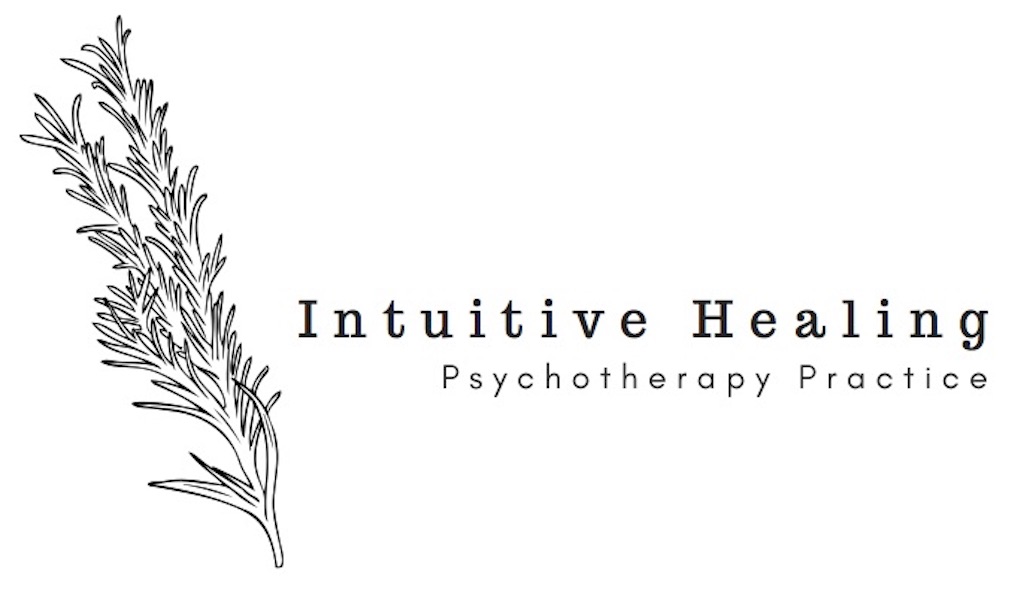Practicing Forest Therapy (Yes, in New York City. Yes, in the Winter.)
Astrid Burke, MHC
What is Forest Therapy?
Referred to in Japan as shinrin-yoku (forest bathing) or in Scandinavian cultures as friluftsliv (open-air life), forest therapy is simply the practice of being in nature for the purpose of enhancing one’s happiness, wellness, and health. Forest therapy has been seen to yield such benefits as a boosted immune system, a calmer mind, increased happiness and energy, among so much more. But how in the world is a New Yorker, as we creep into the darker, colder winter months, supposed to practice forest therapy?
Required Reading: “Forest Therapy: Seasonal Ways to Embrace Nature for a Happier You”
As a born and raised big-city girl, the concept of forest therapy, though not completely lost on me, was certainly foreign until I was gifted Sarah Ivens’ Forest Therapy: Seasonal Ways to Embrace Nature for a Happier You. Ivens, a journalist, certified life coach, and fellow city girl, does not live in a cabin in the Red Woods or on a mystical lake. Rather, Ivens has lived in London, New York City, and Austin. I mention this because, perhaps even more important than her career accolades, she presents as a real person, familiar with relying on coffee and pizza for false energy and proudly denying any suggestion that she is a fitness buff. Pulling from contemporary research as well as her own experiences of feeling “grey” in a nature-less life, Ivens makes an argument for mother nature and encourages happier, healthier living through reconnection with nature. Ivens offers practical tips and ideas for all ages, lifestyles, fitness levels, and seasons.
Among the mental health benefits of forest bathing, Ivens highlights:
Reduced symptoms of ADHD, PTSD, anxiety, anger, depression
Restored focus and attention span
Improved sleep
Increased sensory awareness and perception
Increased self-esteem, empathy, kindness, and compassion
Boosted creativity
Increased feelings of awe, wonder, and gratitude
Calmed nervous system
Reduced mental fatigue
The Science Behind the Magic
If you’re a polite skeptic, like yours truly, or find comfort in data, you may be curious about the science behind forest therapy. Studies published by the Journal of Environmental Psychology and journal Environmental Science and Technology have shown that exercising or simply sitting in a forest decreases cortisol and adrenaline levels as well as hormones related to stress and anxiety. Additionally, exposure to sunshine increases serotonin, known as “the happiness hormone,” which combats depression. Taking in sunlight, and taking in a much needed break from constant electric light also improves our internal rhythms, thereby improving our sleep. And if you don’t have hours of time on your hands to forest bathe, don’t fret! Just 15 minutes of sitting or walking in sunshine 3 times a week is enough Vitamin D to help combat depression, insomnia, and Seasonal Affective Disorder (SAD). If you’re extra short on time, a study from the University of Essex showed that only 5 minutes of outdoor exercise lifts spirits and boosts self-confidence.
The Forest Down the Block
The wonderful thing about forest therapy is that you can do it in your own backyard. If you’re able to swing a getaway weekend at a beach house, cabin in the middle of a vast forest, or trip to national park, go for it! But if not, don’t let it deter you. You can still incorporate forest therapy into your everyday life. Next time you’re walking, take a conscious detour through a city park or a tree-lined block. Take a moment to notice the small details of nature: a single plant or a bird. When out in nature, leave your phone behind. As tempting as it may be to snag a picture of that sunset, take it in instead and enjoy the changing washes of color. For the times when you can’t escape into nature, try incorporating essential oils in your indoor spaces. Bring the trees home with you with cedar, juniper, and pine scents.
Dreading Looking Towards Winter
When the clocks roll back and the cold sets in, all we want is to cozy up inside. Here are a few ways to take a break from hibernation to be in nature:
If you’re feeling sluggish, bring that hot tea or coffee on a brisk walk. There’s nothing like a crisp winter breeze to give you a burst of energy.
It may be cold but sun is still shining! During a lunch break, sit in the sun and soak up the rays for 15 minutes.
Let your inner child play! Throwing snowballs, making snow angels and snowmen, sledding, ice skating and hockey are all activities to be enjoyed in winter. Whether they bring back fond childhood memories or are brand new experiences, try incorporating the outdoors into your winter traditions.
Bring nature into your home with pine cones, fragrant pine branches, plenty of winter blooms such as holly, mistletoe, snowdrops, amaryllis, and ivy.
